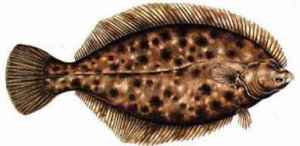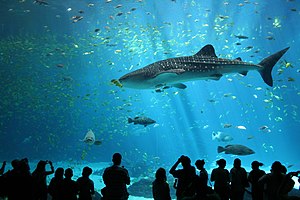Rest assure those crab skeletons are not all dead crabs. They are the molts from the animals. Crabs, lobsters, horseshoe crabs, and many other crustaceans go through a molting phase and the old shell is basically washed up in the wrack line.
The wrack line is the deposits from the ocean after the tide has gone back out to sea. It’s often defined by seaweed that entangles lots of fun ocean treasures such as sea beans, old leathery sea turtle eggs, and sometimes marine debris. It’s my favorite spot to explore!
Do you have another great question? Email info@beachchairscientist.com and let me know what you always ponder while digging your toes in the sand!















What people are saying …